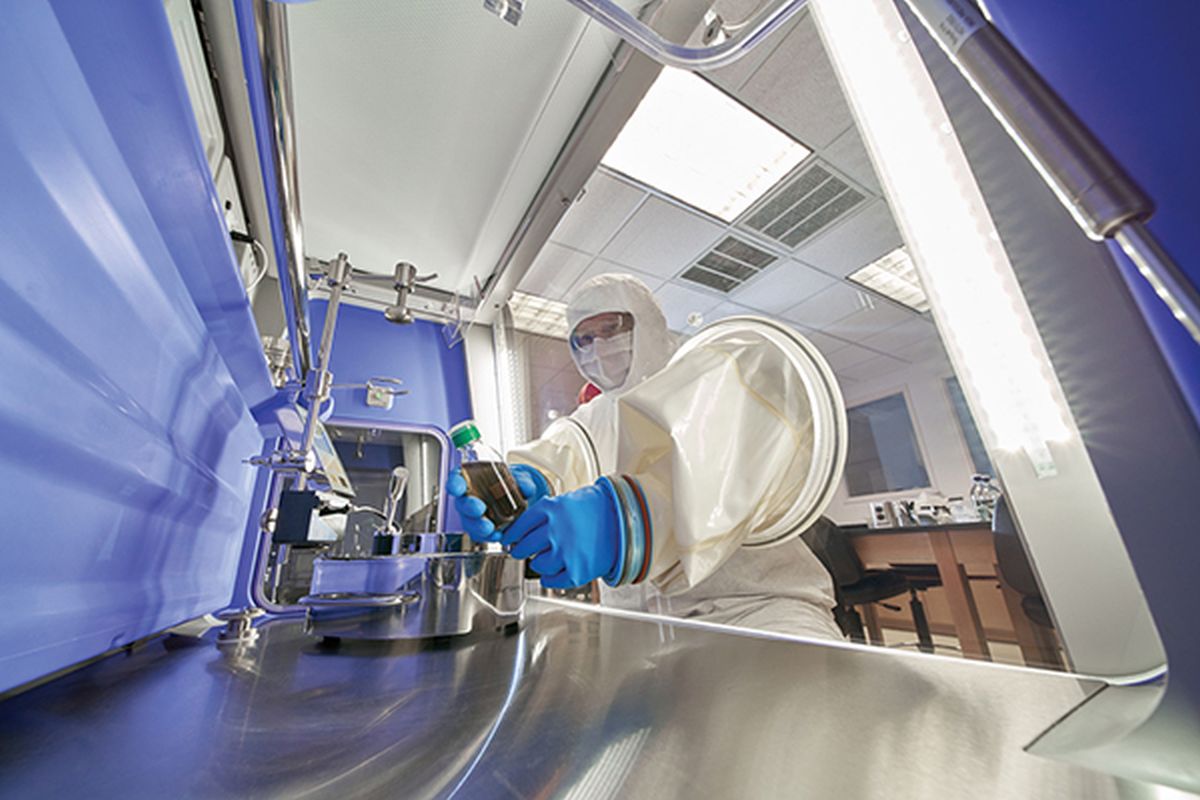Cleanrooms are critical environments that require careful maintenance and monitoring to prevent contamination. Cleanroom consumables play a vital role in keeping these sensitive areas clean and sterile. From disposable protective gear to sanitizing wipes, consumables ensure personnel and products are protected from potential pollutants.
Protective Apparel
Cleanroom protective apparel helps prevent contamination from people working in the space. Garments like coveralls, booties, hairnets, face masks and gloves form a barrier between individuals and sensitive products or equipment.
Cleanroom suits are made from breathable, non-shedding materials like polypropylene that do not introduce fibers or particulate matter. Built-in features like elastic wrists and ankles help prevent inward migration of contaminants. Suits are available in varying classes based on filtration efficiency.
Booties
Booties protect shoes which can track in dirt, microbes and other pollutants from outside. Cleanroom booties come in various sizes for different footwear. Made from lint-free fabric, they either slip over shoes or act as standalone coverings. Booties with anti-static properties are commonly used near electronics to prevent electrostatic discharge damages.
Face Masks and Hair Covers
Face masks shield the nose and mouth from releasing contaminants like skin flakes or respiratory droplets. Disposable masks made of non-woven fabrics like polypropylene are widely used. Hair covers or bouffant caps worn under hoods prevent loose hair from escaping and coming in contact with products during manufacturing.
Disinfecting and Cleaning Products
Regular cleaning and disinfection is vital to maintain cleanroom Consumables ISO classifications. A range of consumables aid this process.
Wipes
Sanitizing wipes used on surfaces are usually pre-moistened with isopropyl alcohol or other disinfectants. They are convenient for wiping down equipment, tools and workstations between batches. Antistatic wipes also clean electronics without generating static charges.
Sprays and Liquids
Disinfectant sprays act as an aerosolized cleaning agent. Common formulations contain alcohol, quaternary ammonium compounds or chlorine solutions. Liquid cleaners work in the same way as sprays but require a cloth or wipe for application. Both help sanitize large areas quickly.
Swabs
Cotton tipped applicators play an important role in precision cleaning. Used with cleaning liquids or solvents, they gently wipe small crevices, connectors and other hard-to-reach places. Sterile swabs sampled for microbiological testing.
Environment Monitoring Tools
Consumables for testing air quality, surface particulate levels and personnel are critical monitors.
Particle Counters
Handheld particle counters quickly check air or surface particulate contamination levels. Real-time Particle Counters distinguish particle sizes to ensure ISO classifications are maintained. Continuous particle monitoring systems provide around-the-clock sampling.
Settle Plates
Settle plates (also called gravimetric plates or Petri dishes) help quantify non-viable particles deposited over a given time period. Filled agar plates are exposed, then particles are quantified microscopically or by weight. This offers a historical prospective of particulate drift over time.
Glo Germ
The Glo Germ spore counting kit uses fluorescent powder to represent contamination. Applied in controlled patterns, it demonstrates the effectiveness of garments, cleaning products or processes under UV lighting inspections. This simple but illuminating tool highlights potential issues.
Microbial Monitoring
Routine sampling employs microbiological isolation methods like settle plates, contact plates or swabs to detect presence of mold, bacteria and other microbes. Identification helps trace origins of contamination for corrective actions. Trend analysis ensures cleaning procedures are controlling microbial burdens.
A well-stocked inventory of validated cleanroom consumables tailored for individual facility needs helps boost operational efficiency and product quality. By protecting personnel, testing environments and aidingCleaning And Disinfection, proper consumables reinforce robust cleaning protocols critical for sensitive manufacturing processes. With continual improvement and innovation, these supplies will remain a core part of cleanroom best practices.

